Why you should choose True Refrigeration’s upright cabinets
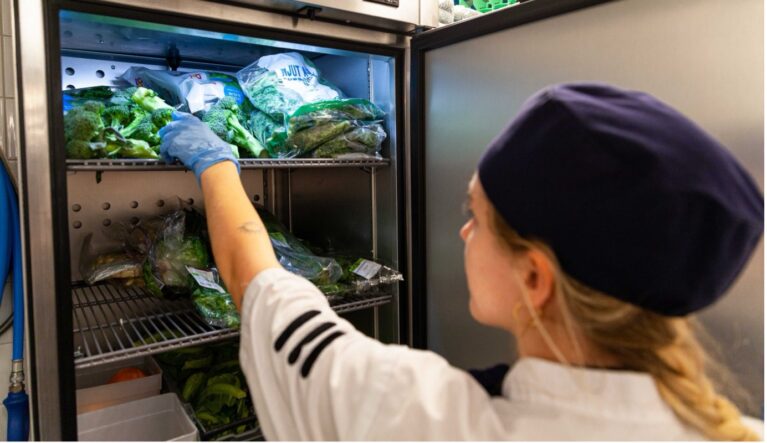

An essential bit of kit in any commercial kitchen, preparation tables and counters are extremely versatile, not only allowing for improved efficiency, but also extensive menu variations, often expected at QSR’s.
Strong and durable, prep counters can meet the functional needs of and withstand the pressures of every demanding catering environment. But how do you select the right one for your premises?
Read our guide to find out…
Contents
There are three counter refrigeration options QSR’s can typically choose from:
But with a variety of options to choose from, which is the best fit for your business? To answer that, it helps to start by looking at the purpose of your equipment.
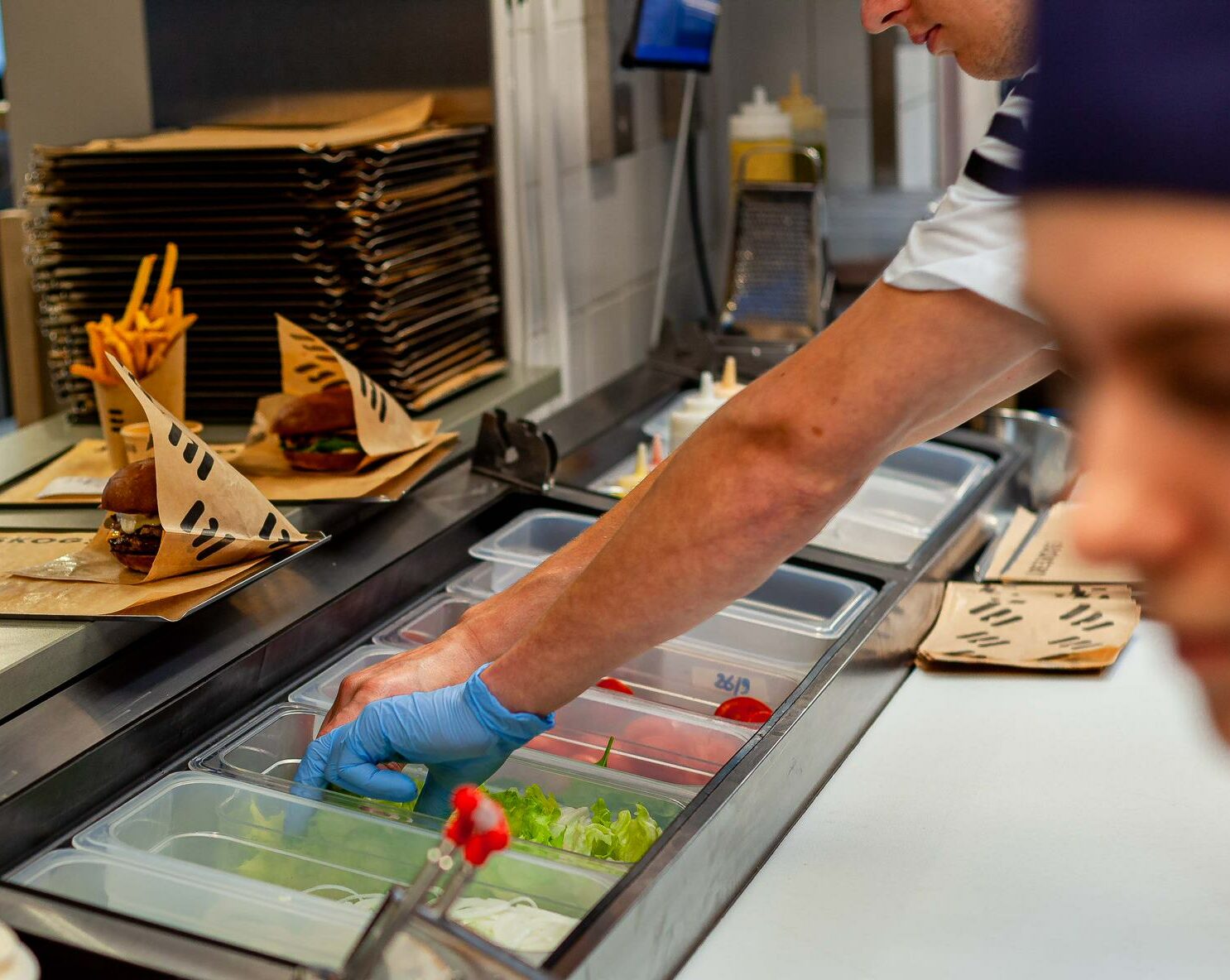
To determine which kind of counter refrigerator or prep table to buy, you need to decide whether you’ll be using it for display or storage use.
Ask yourself these questions:
Once you have the answers to these, you’ll have more of an idea on which features your equipment will need to have.
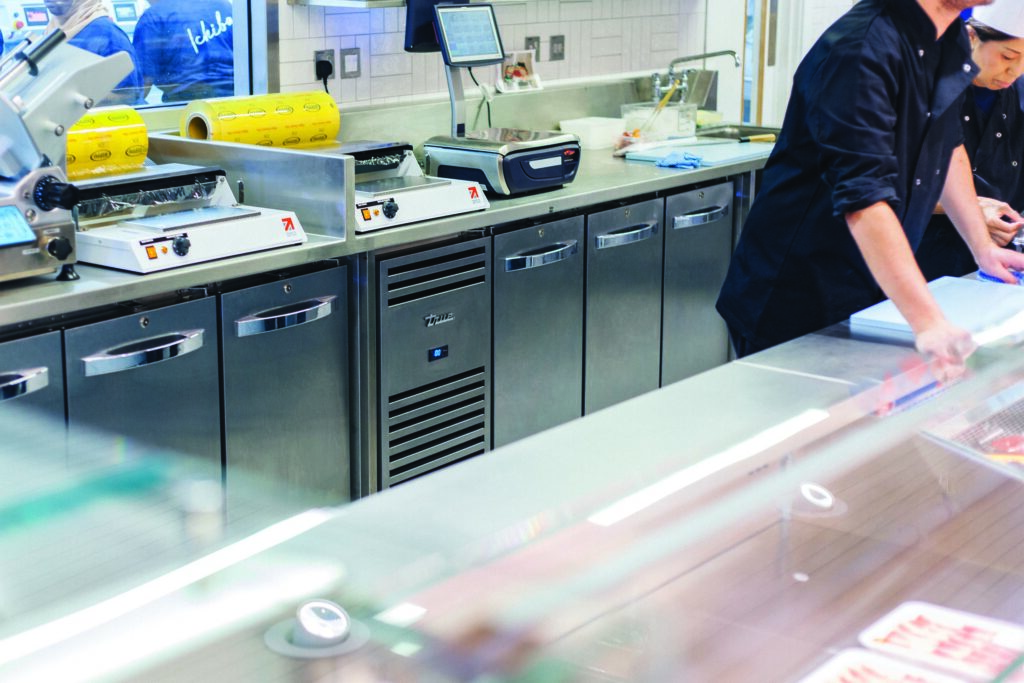
Your menu and the way you prepare your food will help you narrow down your options when it comes to choosing a counter refrigerator.
For example, if everything is cooked to order you will likely need a higher proportion of refrigerated prep tables and undercounter fridges, ensuring that the raw ingredients are available as close as possible to the area of service (i.e. the countertop under which they sit).
Undercounter refrigerators are perfect for busy food prep areas where quick ingredient access is a must and space is limited. With an undercounter unit, you can either prepare food on the counter above or use it to store other equipment, such as microwaves.
Prep tables are perfect for foodservice providers that focus on speed and ingredient variety. Sandwich shops, pizzerias, salad bars and burger bars will all benefit from a prep table set up, where ingredients are laid out in chilled pans, and food is prepared on a counter next to them or via the cutting board on top of the unit.
Prep tables feature undercounter refrigerated storage too, which is perfect for storing larger items or spare ingredients that may eventually find their way into the pans during busier periods.
If you’d like to dive deeper into how refrigeration choices can support high-speed service, take a look at our blog Refrigeration that Keeps Up with the QSR Rush.
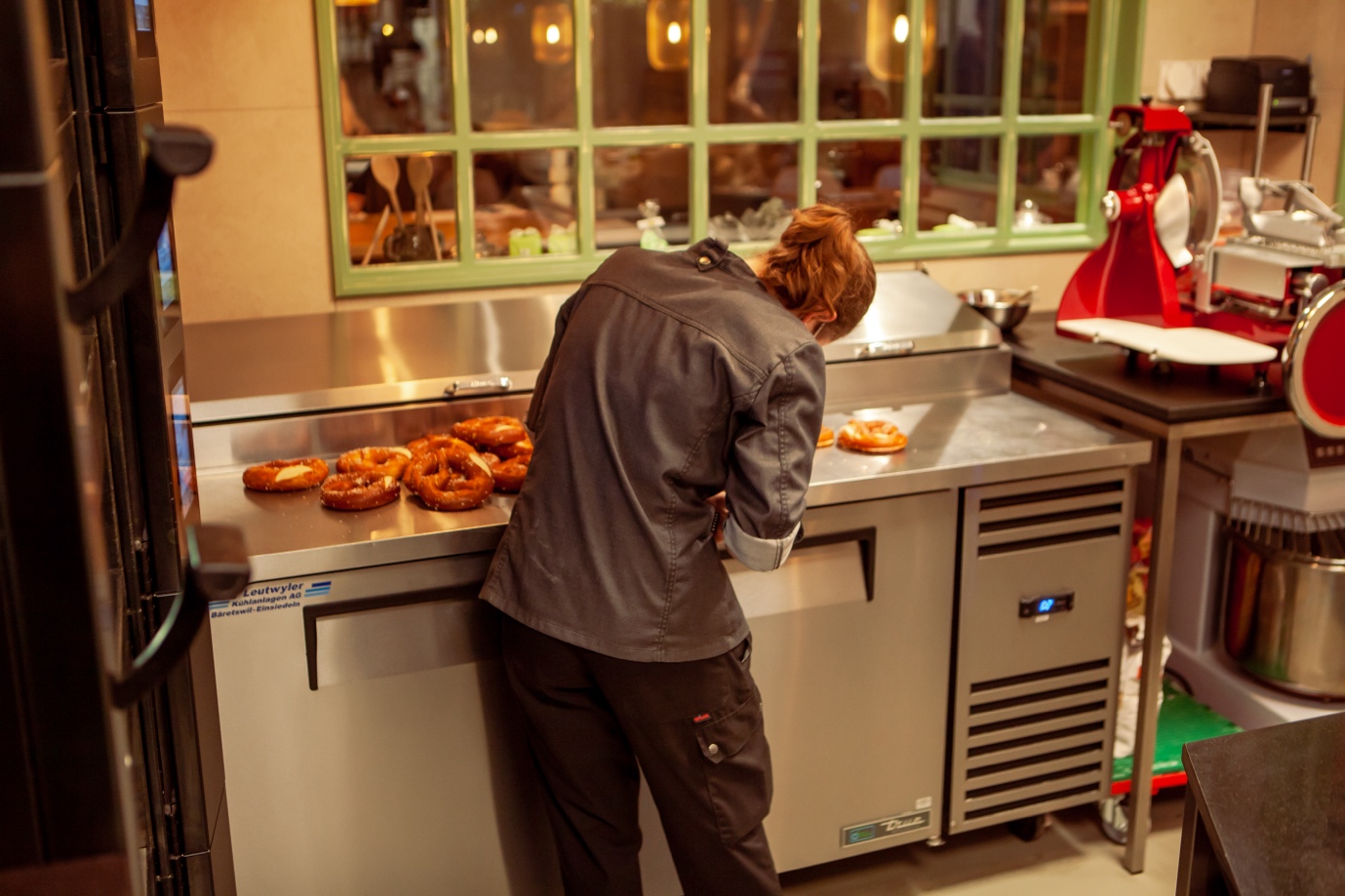
Before you make your purchase, particularly if fitting out a new kitchen or rearranging the refrigeration you already have, we recommend drawing out a plan of your kitchen and ensuring the layout makes sense operationally and that everything will fit.
Be sure to measure your spaces, and don’t forget to allow sufficient clearance where required.
All True counter and prep units are designed to be “front-breathing”, meaning they require zero clearance (i.e. wasted space) at the sides or rear, which is massively beneficial in tighter spots.
Speak to a consultant or kitchen designer if you’re considering a redesign or need help with your kitchen space.
It’s also important to take into account the ambient temperatures of the intended site for your counter refrigerator, because if the unit is placed in a particularly hot area – such as directly next to cooking equipment – it may need to work harder to maintain safe food storage temperatures.
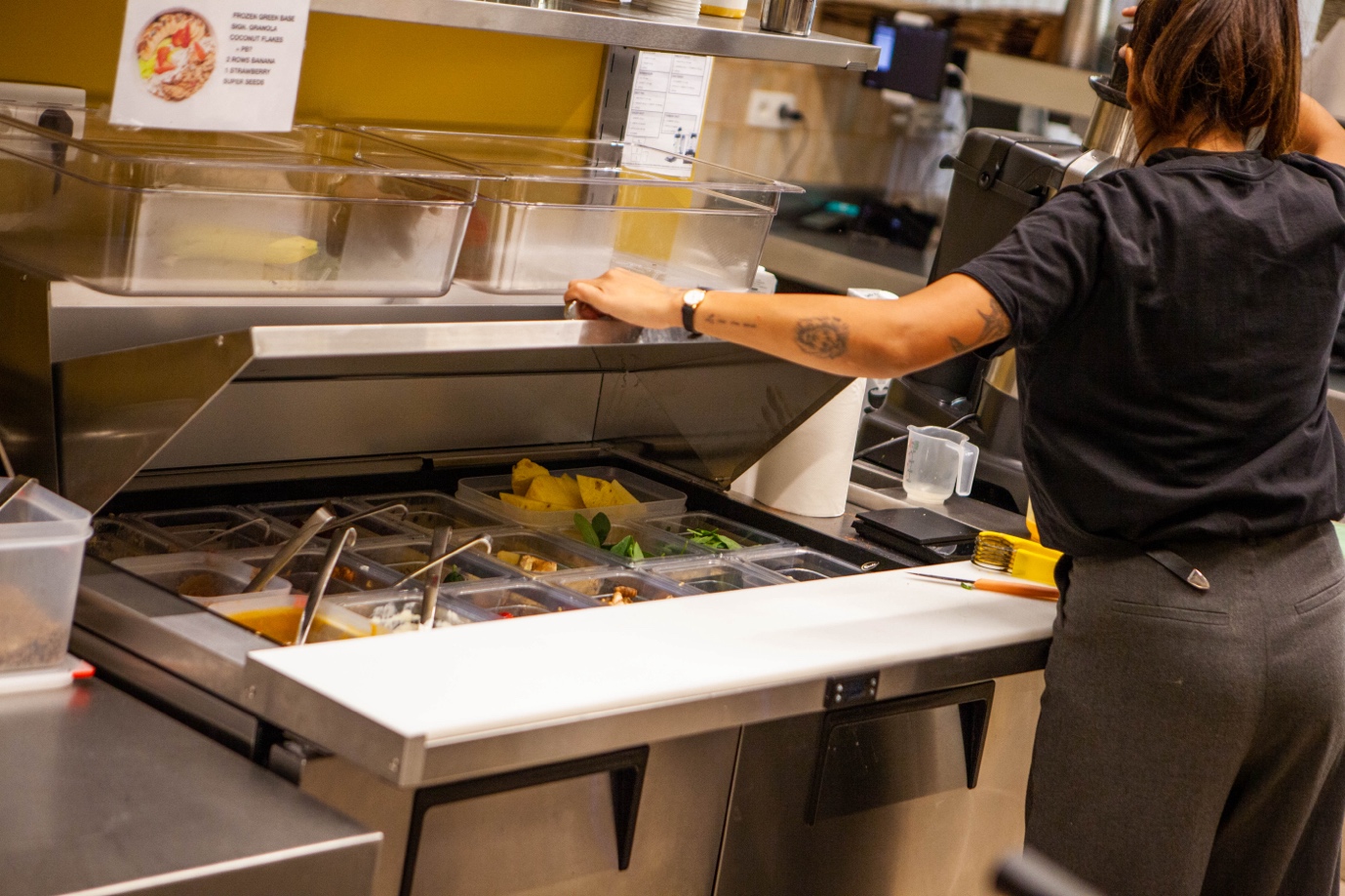
Now that you’ve identified your needs and considered your kitchen layout, we’ve put together a handy table to help you compare which unit would be the right fit for you.
| Type | Key Features | Best For | Example Units |
| Counters with Glass Doors |
|
|
TUCs |
| Counters with Solid Doors |
|
|
TCR/Fs |
| Prep Tables |
|
|
TSSUs, TPPs |
Obviously, it’s beneficial to mix and match units in a kitchen to create the most efficient workflow, combining display and storage solutions where they’ll have the greatest impact.
This allows staff to access ingredients quickly, keeps front-of-house areas visually appealing, and ensures that back-of-house prep and cooking zones remain organised and functional.
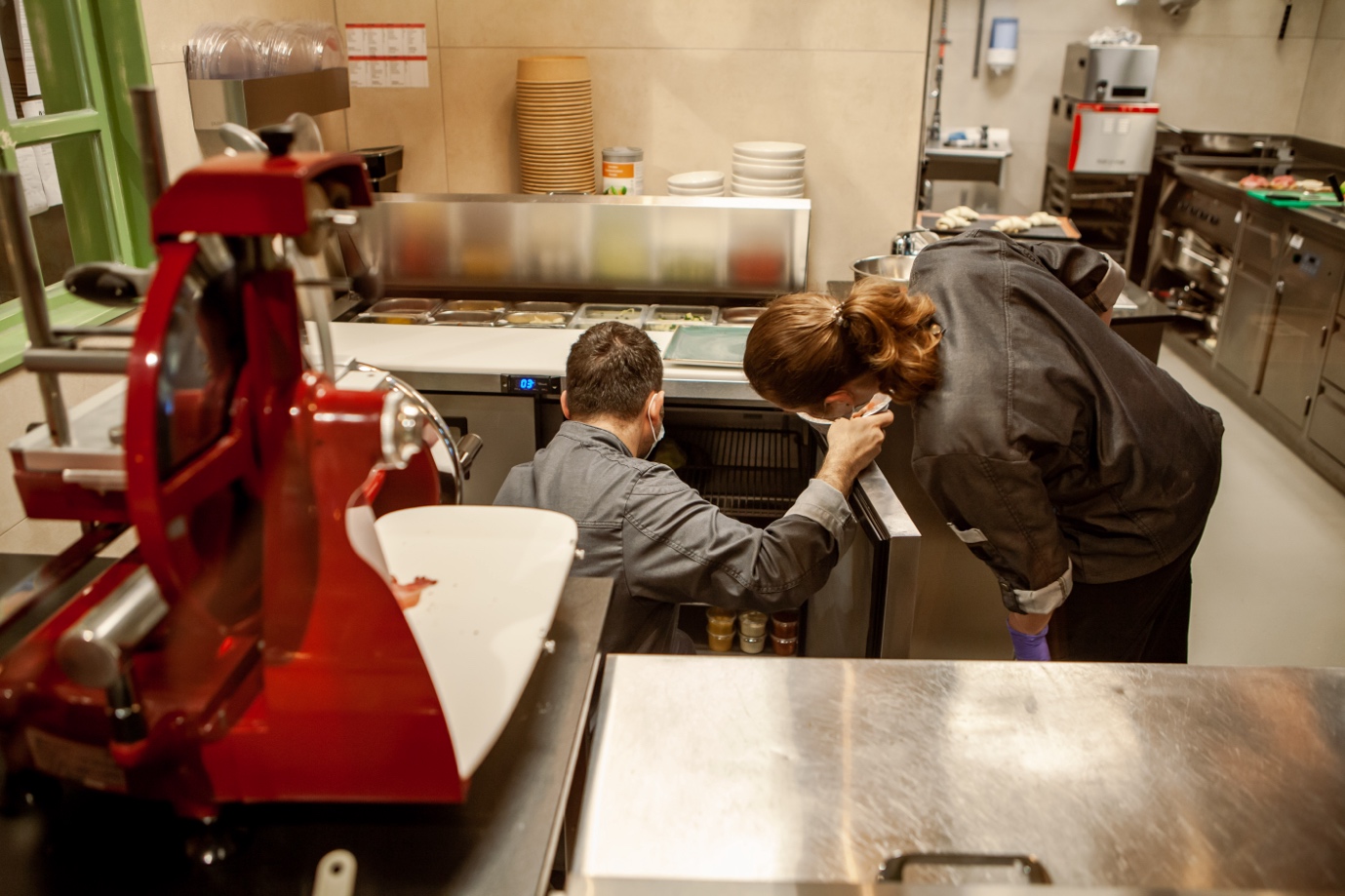
When selecting a counter refrigerator, there are several practical factors beyond size and type that can make a real difference for your business, so be sure to bear these in mind when choosing a manufacturer:
At True Refrigeration, we offer all of this and more, with a wide range of units designed for the demands of busy QSR kitchens. From energy-efficient undercounters to versatile prep tables, our products combine durability, flexibility, and support, helping your team work faster, smarter, and more efficiently every day.
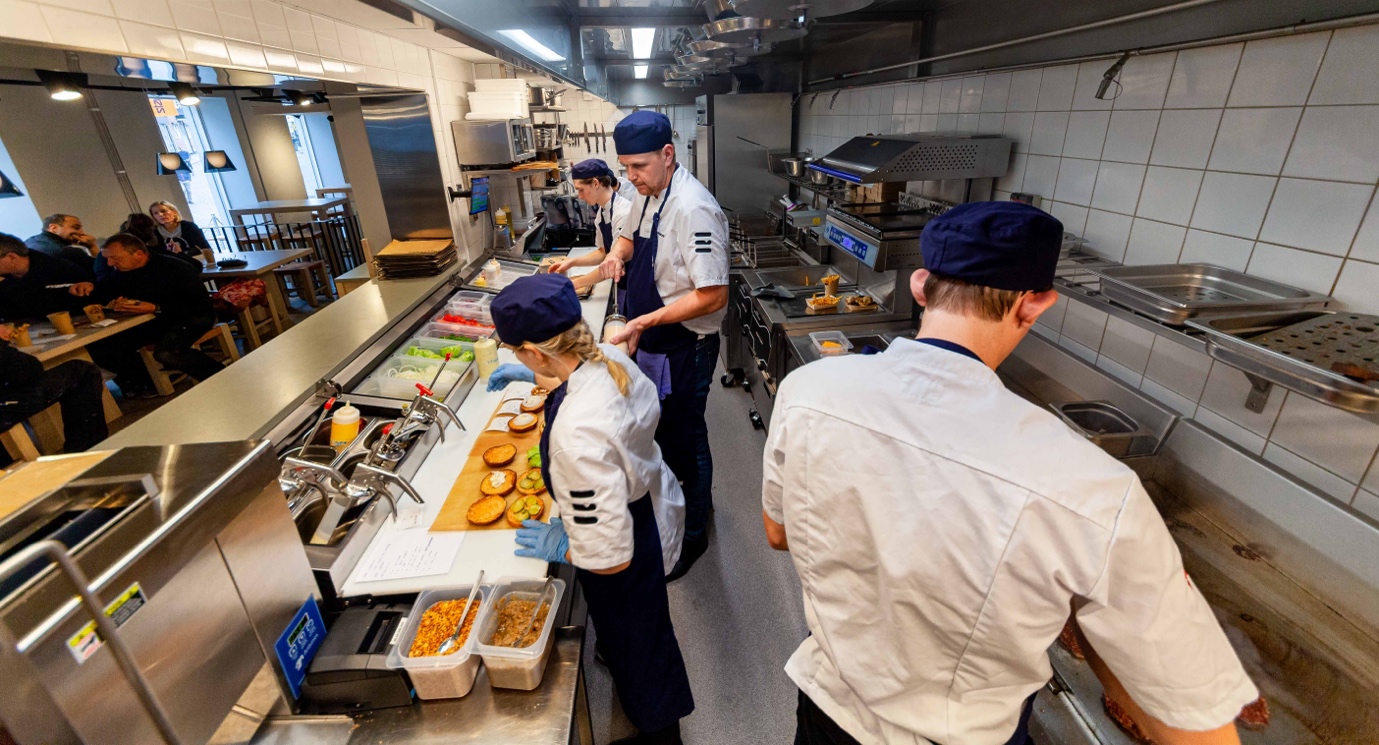
If you’re looking for advice on choosing the best option for your busy QSR kitchen, True Refrigeration can help.
Our team can guide you through the different models, explain which features will bring the most value to your operation, and ensure your choice supports both efficiency and long-term performance.
Whether you need space-saving solutions, custom configurations, or support with a full kitchen redesign, we’ll work with you to find the right fit.
To get in touch, please visit our contact page here.